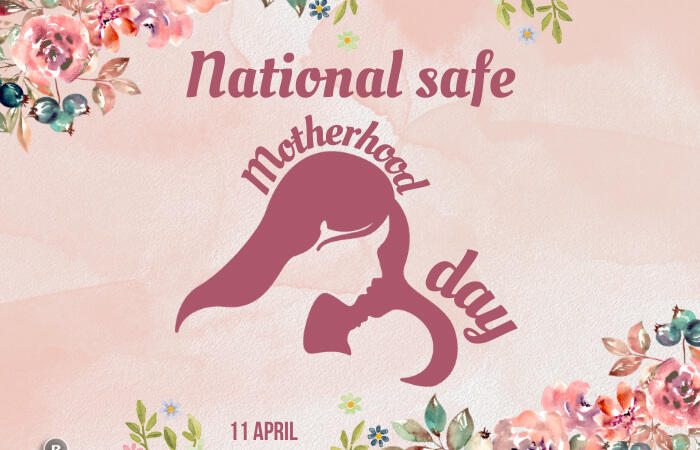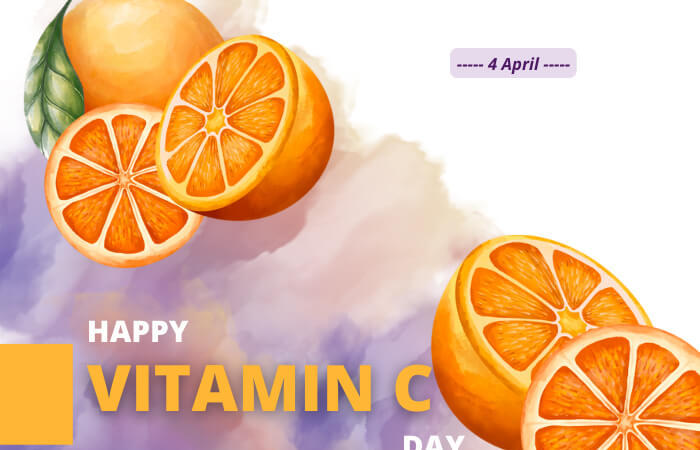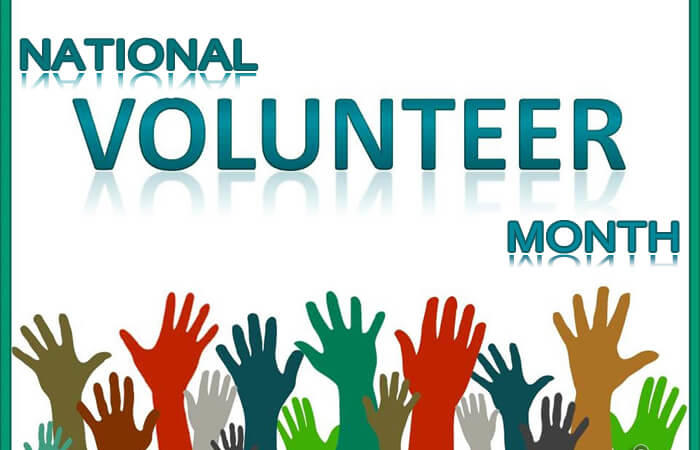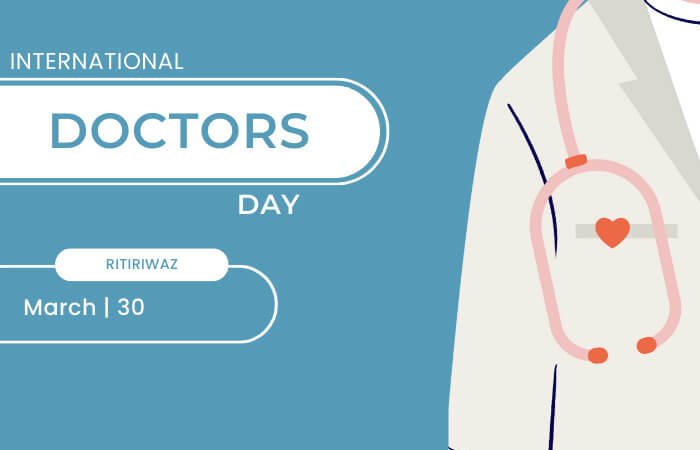Rare Disease Day
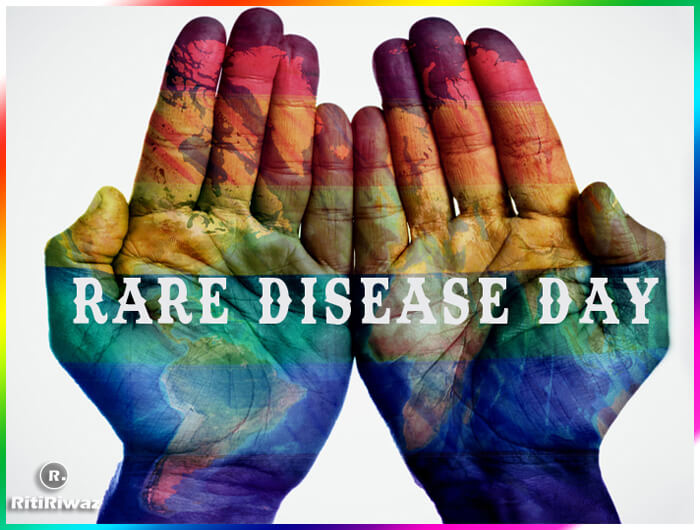
Rare Disease Day is observed on last day of February to raise awareness of over 7,000 rare diseases effecting 400 million people globally. The day aims to raise awareness of the rare disease and the impact they can have on individuals both parents living with disease and their families and friends who support and care for them.
The themes for Rare Disease Day 2025 is “More than you can imagine; an anthology of rare experiences.”
History
Rare Disease Day was first launched by European Organization for Rare Diseases (EURORDIS) and its Council of National Alliances in 2008, the date was chosen as last day of February 28 or 29 is a “rare day”. The first Rare Disease Day was observed on 29 February and 29 is a rare date that happens once in 4 years. Since then every last day of February (month known to have rare number of days) is celebrated as Rare Disease Day. The campaign started as a European event but now have become a world phenomenon with USA joining in 2009 and 94 more countries joining in 2018.
The difficulty for patients is that diagnosis can be tricky, with many diseases going undiagnosed. Some may receive a diagnosis, but only after years or decades of unexplained symptoms. For some, there is no cure even with a diagnosis.
By improving knowledge and spreading awareness of rare diseases and their impact amongst the public, the event aims to encourage researchers and those who make decisions regarding funding and allocation of resources to focus on the needs of those suffering from rare diseases.
Rare Disease Day is therefore an opportunity to call upon researchers, universities, students, companies, policymakers, and clinicians to do more research and to make them aware of the importance of research for the rare disease community.
It is estimated that 1 in 20 people will live with a rare disease at some point in their life, and yet many of these patients will never know the name of their condition, or be connected to others living with the same challenges. These children, parents, and friends deserve a chance at a fuller, healthier life. We, as a community, can do better.
How to observe the day
-
On Rare Disease Day, come together to raise awareness by using your social media using hashtag #RareDiseaseDay and #LightUpForRare, or attend a event held near you.
-
The Blue Denim Genes Ribbon is a symbol of hope for more than 7,000 small rare disease communities around the world. Wear your denim ribbon to show your support on World Rare Disease Day.
-
Increasing awareness and access to whole-genome sequencing, diagnostic success rates could improve from just a few percent to up to 70%.
-
There are various events held throughout the world on the last day of February and you can find information about them on rarediseaseday.org.
-
To all the rare disease patients and their families who are searching for a diagnosis, a cure, or a community– you are not alone.
LIGHT UP FOR rare on RARE DISEASE DAY!
Since the creation of Rare Disease Day in 2008, it has been a time for the rare community to come together, find support, and shine a light on rare diseases across the globe. This year, Rare Disease Day will look a little different here in the United States as many of us continue to connect virtually instead of in person due to the COVID-19 pandemic. There are many ways you can still Show Your Stripes for rare diseases and make this day impactful and celebratory. One way is to help our community light up as many buildings and landmarks as possible in Rare Disease Day colors on or around February 28.
This concept originated in 2019 when the Empire State Building in New York City was striped in Rare Disease Day colors. The image of such a famous landmark shining bright for Rare Disease Day was an inspiration for many.
This year for Rare Disease Day 2022 anyone can help the rare disease community be united by a chain of lights across the world. In light of COVID-19 this chain will serve as one of the symbolic ways to break isolation globally. Anyone can contribute whether you are a person living with a rare disease, an individual, a family member, a healthcare professional, an industry representative, or a public official. We encourage you to find a local or national patient organization to help you spread the word and raise awareness for people living with a rare disease.
Suggested Read: Important Days In February



